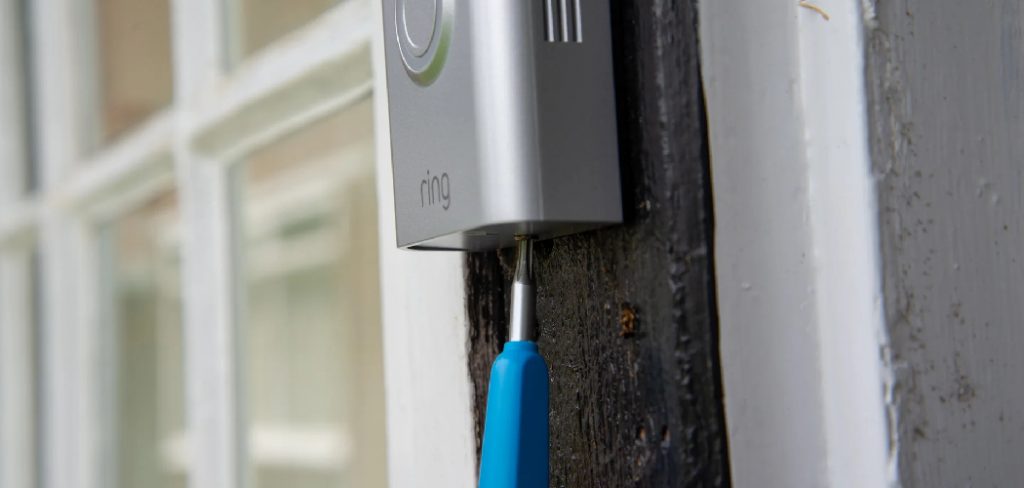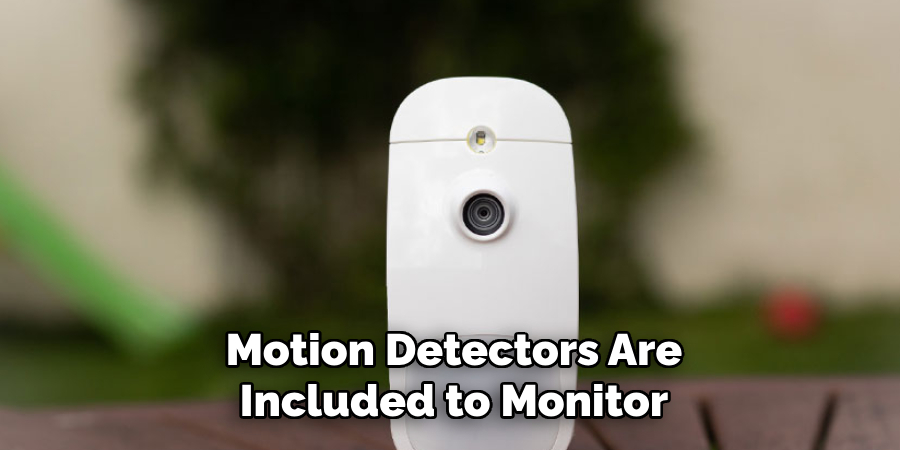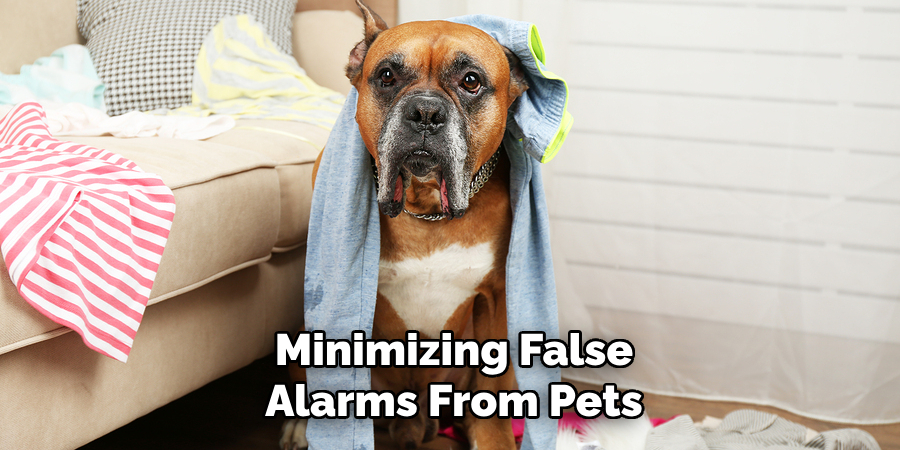Securing your home is a top priority, and the Ring Alarm Home Security Kit offers a simple and effective solution to protect your space. Before diving into the installation process, it’s essential to understand the components included in the kit and how they work together to keep your home safe. This guide will walk you through how to install ring alarm home security kit, ensuring that you can set up your security system with ease and confidence. Whether you’re a first-time user or upgrading your current system, following these instructions will help you maximize your home’s security features.

Why Ring is a Popular Choice for DIY Home Security
Ring has garnered a strong reputation in the DIY home security market due to its user-friendly installation process, affordable pricing, and versatile features. The company offers a range of equipment that can be easily customized to fit individual needs, making it an ideal choice for homeowners and renters alike. In addition to the straightforward setup,
Ring allows users to remotely monitor their property with a smartphone, ensuring peace of mind when they are away. The integration with smart home devices and compatibility with voice assistants like Alexa further enhances its convenience and appeal. Moreover, Ring’s customer service and support community provide ample resources for troubleshooting, adding to why it remains a popular choice among consumers seeking reliable and hassle-free home security solutions.
What’s Included in the Ring Alarm Kit
The Ring Alarm Home Security Kit comes equipped with all the necessary components to create a comprehensive security system in your home. Inside the box, you’ll find a Base Station, which acts as the central hub, connecting all your devices and facilitating communication between them and the Ring app. Alongside this, you’ll receive a Keypad for arming and disarming your alarm without needing the app, making it convenient for household members of all ages.
Motion Detectors are included to monitor movement in key areas, and Contact Sensors are designed to secure doors and windows by alerting you to any unauthorized openings. Additionally, each kit comes with a Range Extender, ensuring that your entire home remains covered, no matter its size or layout. With these elements, you’ll have the peace of mind that your home is well-protected.

10 Methods How to Install Ring Alarm Home Security Kit
1. Unbox and Familiarize Yourself with the Components
Before beginning the installation, unpack the Ring Alarm Home Security Kit and familiarize yourself with the various components. The kit typically includes a base station, keypad, contact sensors for doors and windows, a motion detector, and a range extender. Take some time to read the instruction manual and explore the app to understand the function of each device. Knowing how these components work together will guide you in positioning and configuring the devices correctly during the installation process. Additionally, charging or powering up devices before installation ensures that everything is ready to go when you start.
2. Install the Ring App and Set Up the Base Station
The Ring app is central to controlling and monitoring the entire security system. After downloading the app on your smartphone, the first step is to set up the base station, which acts as the central hub for all the connected devices. Place the base station in a central location within your home to ensure optimal communication between it and the other devices. The base station should be plugged into a power source and connected to your Wi-Fi network through the app. The app will guide you through the setup process, where you’ll be prompted to connect the base station to your Ring account.

3. Position and Mount the Keypad
The keypad is where you’ll arm and disarm your Ring alarm system, so its placement is critical. Choose a location near the main entrance for easy access as you come and go. The keypad can be wall-mounted or placed on a flat surface using the provided adhesive strips or screws. Be sure to place it at a comfortable height for all household members. If you have multiple entry points or multiple floors, you may want to install additional keypads for convenience. After mounting, connect the keypad to the base station through the app by following the on-screen instructions.
4. Install Contact Sensors on Doors and Windows
Contact sensors are crucial for monitoring potential entry points like doors and windows. The sensor consists of two parts: a sensor and a magnet. When the door or window is closed, the sensor and magnet align, and when opened, they separate, triggering the alarm. Place the sensor component on the door or window frame and the magnet on the moving part of the door or window. The installation process is straightforward, usually requiring adhesive strips or screws to secure the devices in place. Be sure to test the sensor after installation to confirm that the system triggers when the door or window is opened.
5. Install the Motion Detector
The motion detector is designed to monitor movement within a designated area, providing extra security for larger spaces like living rooms, hallways, or staircases. The ideal placement for a motion detector is a corner of the room, mounted about 7-8 feet high on the wall. This height allows the sensor to cover a wide area while minimizing false alarms from pets or small objects. The motion detector connects to the base station via the Ring app, where you can adjust the sensitivity settings to avoid triggering alarms from minor movements. Positioning the motion detector correctly enhances your system’s ability to detect intrusions effectively.

6. Extend the Range with the Range Extender
If you have a larger home or thick walls that might block the signal between the base station and your sensors, installing the range extender can help ensure reliable communication between devices. The range extender works by boosting the signal strength, allowing components far from the base station to remain connected. Plug the extender into an outlet midway between the base station and any devices that are on the system’s fringes. After installation, pair the range extender with your system through the Ring app. This small step improves the overall performance and stability of your Ring security system, particularly in larger homes.
7. Set Up the Alarm Modes (Home, Away, and Disarmed)
The Ring Alarm system operates in three main modes: Home, Away, and Disarmed. After installing the hardware, configure these modes to fit your daily routines. The Home mode is designed for when you are inside the house, and it typically arms the perimeter sensors (doors and windows) while leaving the motion detectors inactive. The Away mode arms all sensors, including motion detectors, while the Disarmed mode deactivates the system. You can easily toggle between these modes through the Ring app or the keypad, and customizing these settings to match your security needs ensures that your home is protected at all times.
8. Test the System
Once all the components are installed, it’s crucial to thoroughly test the system to ensure everything is functioning correctly. Begin by testing each contact sensor on doors and windows to verify that the system triggers when the door or window is opened. Next, walk through the areas covered by the motion detector to check that it picks up movement and activates the alarm. You can also use the Ring app to simulate arming and disarming the system. Testing the system ensures that all components are working as expected and allows you to address any issues before relying on it for security.
9. Enable Professional Monitoring (Optional)
While the Ring Alarm system works well with self-monitoring through the app, you can opt for professional monitoring services for added peace of mind. Professional monitoring means that in the event of an alarm trigger, a monitoring center is notified and can dispatch emergency services if necessary. To enable this, subscribe to Ring Protect Plus through the Ring app, which provides 24/7 monitoring for a monthly fee. This service also includes cellular backup, ensuring that your system stays online even if the internet connection fails. Having professional monitoring enhances the security provided by your DIY-installed system.

10. Maintain the System with Regular Updates and Checks
Even after the Ring Alarm system is installed, maintenance is key to ensuring it continues to function optimally. Regularly check the Ring app for firmware updates, which can improve security features and system performance. It’s also important to periodically test the system, especially after power outages or internet disruptions. Replace batteries in the sensors and keypad when needed to prevent any devices from going offline. Keeping the system updated and well-maintained ensures it remains reliable, giving you peace of mind that your home is continually protected.
Conclusion
Installing the Ring Alarm Home Security Kit is a straightforward process that can significantly enhance the safety of your home. By carefully following these ten methods—from setting up the base station and keypad to installing contact sensors, motion detectors, and testing the system—you can achieve a robust, fully functional security system. Thanks for reading our blog post on how to install ring alarm home security kit! We hope you found it helpful and informative.
Check it out to Wire a Smoke Alarm
About
Safety Fic is a distinguished figure in the world of Diy design, with a decade of expertise creating innovative and sustainable Diy solutions. His professional focus lies in merging traditional craftsmanship with modern manufacturing techniques, fostering designs that are both practical and environmentally conscious. As the author of diy, Safety Fic delves into the art and science of Safety Fic-making, inspiring artisans and industry professionals alike.
Education RMIT University
(Melbourne, Australia) Associate Degree in Design (Safety Fic) Focus on sustainable design, industry-driven projects, and practical craftsmanship. Gained hands-on experience with traditional and digital manufacturing tools, such as CAD and CNC software.
Nottingham Trent University
(United Kingdom) Bachelor’s in diyfastly.com and Product Design (Honors) Specialized in product design with a focus on blending creativity with production techniques. Participated in industry projects, working with companies like John Lewis and Vitsoe to gain real-world insights.
Publications and Impact
In diy, Safety Fic his insights on indoor design processes, materials, and strategies for efficient production. His writing bridges the gap between artisan knowledge and modern industry needs, making it a must-read for both budding designers and seasoned professionals.
